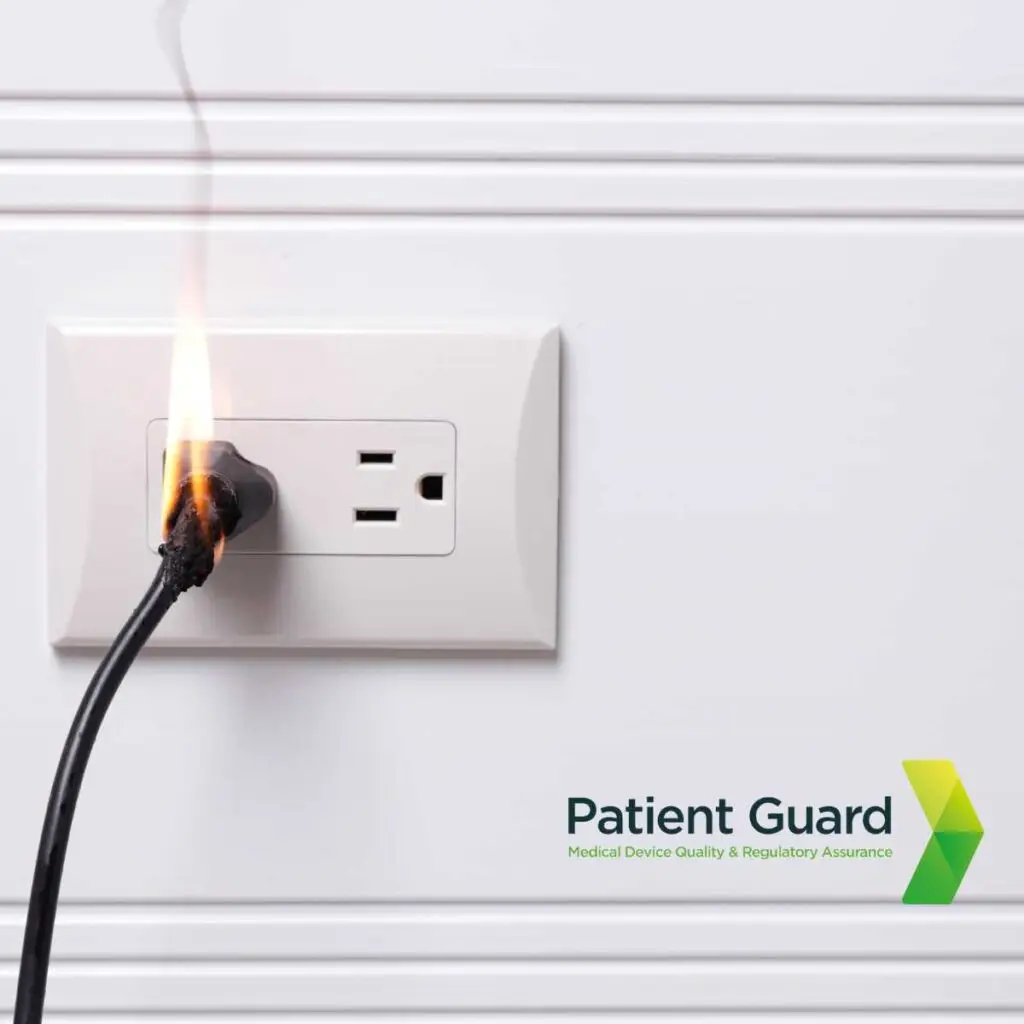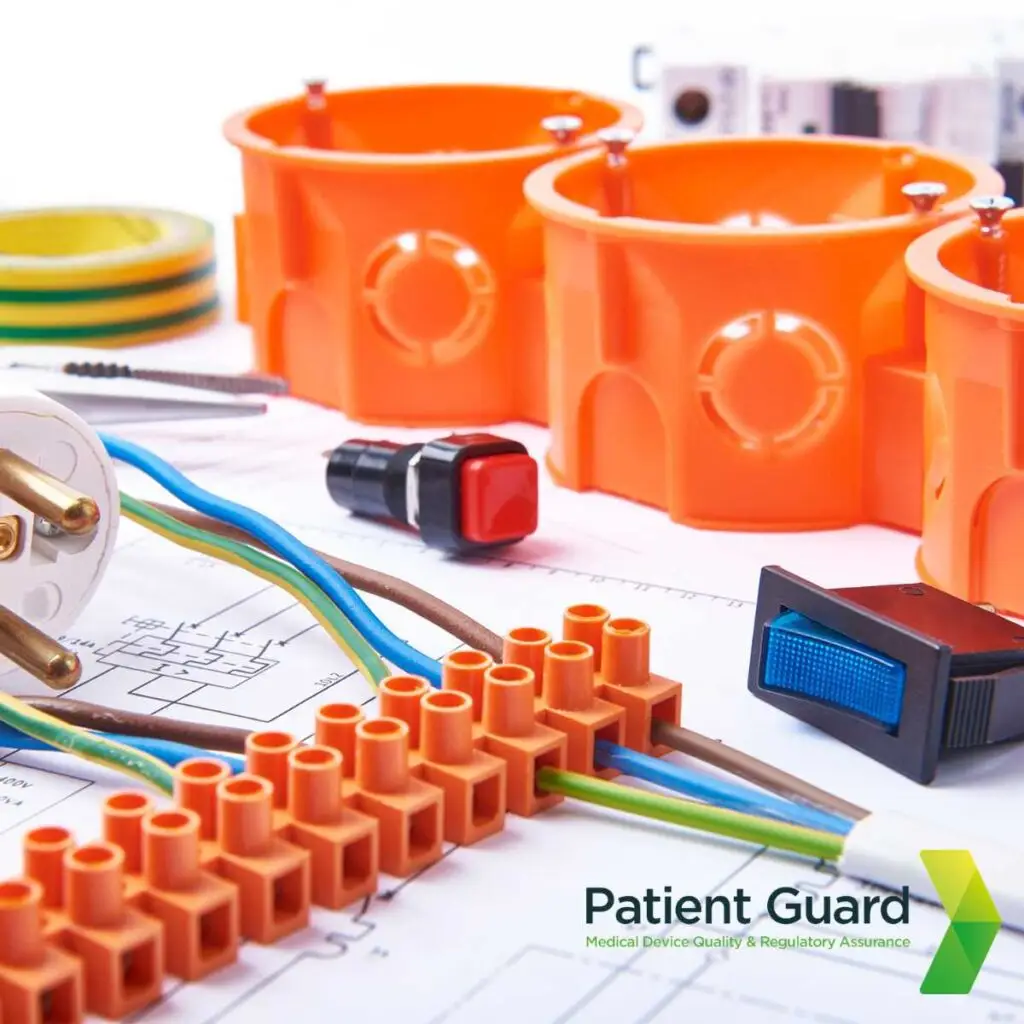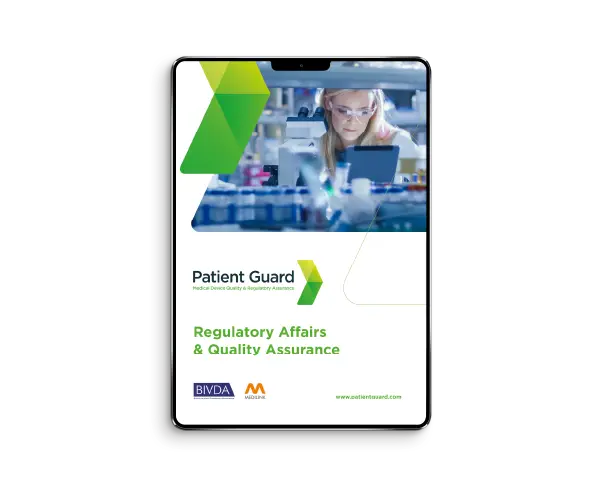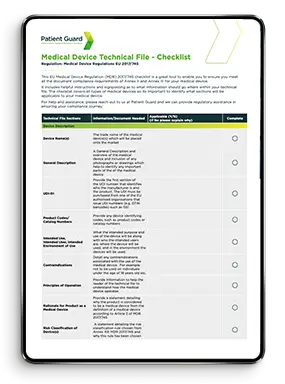Ensuring Electrical Safety in Medical Devices: A Guide to Compliance and Best Practices
Electrical safety is a critical aspect of medical device design and manufacturing. With the increasing complexity of modern medical technology, ensuring devices are electrically safe is paramount to protecting patients, healthcare professionals, and the general public. This blog explores the key electrical safety standards and their applications, offering insights for manufacturers navigating these essential requirements.

Why Electrical Safety Matters
Medical devices often operate in environments where patients are in vulnerable conditions, such as during surgeries or when using life-support systems. Electrical malfunctions in these devices can lead to severe consequences, including electrical shocks, burns, or interference with other medical equipment. Regulatory frameworks and standards exist to mitigate these risks and ensure the highest level of safety.
Beyond immediate risks, electrical safety also ensures the reliability and longevity of medical devices. Malfunctions can disrupt workflows in healthcare settings, delay treatments, and lead to costly repairs or recalls. These factors make it essential for manufacturers to prioritize electrical safety in the early stages of device development.
Key Electrical Safety Standards
1. IEC 60601 Series
The IEC 60601 series is the cornerstone standard for electrical safety in medical devices. It provides a comprehensive framework for the design and testing of medical electrical equipment, ensuring safety and performance under various conditions.
IEC 60601-1: General Requirements for Basic Safety and Essential Performance
This standard outlines general requirements, including risk management, electrical shock protection, mechanical hazards, and electromagnetic compatibility (EMC).
It emphasizes essential performance criteria, ensuring the device performs as intended without endangering users.
Collateral Standards (IEC 60601-1-X)
These include specialized guidelines such as electromagnetic compatibility (IEC 60601-1-2) and alarm systems (IEC 60601-1-8). Electromagnetic compatibility is particularly vital in healthcare settings where multiple electronic devices operate simultaneously.
Particular Standards (IEC 60601-2-X)
These focus on specific device categories, such as X-ray machines, ventilators, or infusion pumps. Adhering to these standards ensures that each type of device meets its unique safety and performance requirements.
2. ISO 14971: Risk Management for Medical Devices
Risk management is a critical component of electrical safety. ISO 14971 provides a structured approach to identifying, assessing, and mitigating risks associated with medical devices, including those related to electrical hazards. It integrates seamlessly with the IEC 60601 series by providing a methodology for evaluating risks throughout the device lifecycle.
3. IEC 61010-1: Safety Requirements for Electrical Equipment for Measurement, Control, and Laboratory Use
This standard applies to devices used in diagnostic and laboratory settings, ensuring their safe operation under varying environmental conditions. For instance, equipment used in clinical laboratories must withstand fluctuations in temperature, humidity, and power supply.
4. ANSI/AAMI ES60601-1: US Adaptation of IEC 60601-1
For manufacturers targeting the U.S. market, the ANSI/AAMI ES60601-1 standard aligns with IEC 60601-1 but incorporates specific requirements relevant to the region. Understanding these nuances is essential for global compliance.
Applying Electrical Safety Standards
1. Incorporating Safety Early in the Design Process
Electrical safety should be a foundational aspect of the design and development process. This involves:
Conducting a thorough risk analysis in line with ISO 14971.
Designing circuits and insulation systems to protect against electrical shock.
Ensuring robust grounding and protection mechanisms.
Using software simulation tools can help identify potential electrical hazards before physical prototypes are developed. Early integration of safety considerations reduces the likelihood of costly redesigns and accelerates the time to market.
2. Performing Rigorous Testing
Compliance with electrical safety standards requires extensive testing:
Dielectric strength testing to verify insulation integrity and withstand high voltages.
Leakage current testing to ensure minimal current flows to unintended areas, protecting patients from harm.
Environmental testing to confirm device performance under extreme conditions such as high humidity, temperature variations, or power surges.
Durability testing to assess how devices withstand repeated use, drops, or exposure to cleaning agents in clinical environments.
These tests must be documented meticulously to provide evidence of compliance during regulatory submissions.
3. Maintaining Documentation and Traceability
Detailed documentation is essential for demonstrating compliance:
Maintain technical files that include risk management reports, test results, and design specifications.
Update documentation regularly to reflect design changes or new standards.
Use digital tools to ensure traceability, linking design decisions to specific requirements and test outcomes.
4. Periodic Reviews and Updates
Regulations and standards evolve to keep pace with technological advancements. Manufacturers must:
Stay updated on changes to IEC 60601, ISO 14971, and related standards.
Regularly review and update devices to ensure ongoing compliance.
Conduct post-market surveillance to gather real-world data on device performance and identify areas for improvement.
Emerging Trends in Electrical Safety
1. Wireless and Wearable Devices
The rise of wireless and wearable medical devices introduces new challenges in electrical safety. Ensuring reliable connectivity, managing battery safety, and preventing electromagnetic interference are critical considerations.
2. Integration with AI and IoT
Devices integrated with artificial intelligence (AI) and the Internet of Things (IoT) require robust cybersecurity measures. Electrical safety standards now intersect with data security protocols, emphasizing the need for holistic design approaches.
3. Sustainability and Reusability
Manufacturers are increasingly adopting sustainable practices, such as using recyclable materials and designing for device reusability. These practices must align with electrical safety standards to ensure no compromises on performance or protection.
Common Challenges and Solutions
Challenge: Keeping up with evolving standards.
Solution: Engage with regulatory consultants or join industry groups to stay informed about updates. Tools like automated compliance software can also streamline the process.
Challenge: High costs of testing and certification.
Solution: Plan for compliance early in the design phase to avoid costly redesigns later. Partnering with accredited testing labs can also reduce expenses through bundled services.
Challenge: Integrating safety with performance.
Solution: Use a risk-based approach to balance safety requirements with functional needs. Employ iterative testing to refine designs incrementally.
The Role of Patient Guard
At Patient Guard, we specialize in helping manufacturers navigate the complexities of medical device regulations, including electrical safety standards. Our team offers tailored support, from initial risk assessments to compliance testing and certification. With over 500 successful projects, we ensure your devices meet regulatory requirements while maintaining the highest safety standards.
Patient Guard also provides training programs for manufacturers, equipping teams with the knowledge and tools to implement best practices in electrical safety. By fostering a culture of compliance, we help clients achieve long-term success in the global market.
FAQs
The IEC 60601 standard is a globally recognized framework for ensuring the safety and performance of medical electrical devices. It outlines requirements for risk management, electrical shock protection, mechanical hazards, and electromagnetic compatibility (EMC). Compliance with this standard ensures devices meet stringent safety criteria and perform reliably, protecting both patients and healthcare professionals.
ISO 14971 is a risk management standard that helps manufacturers identify, evaluate, and mitigate risks throughout a device’s lifecycle. For electrical safety, it provides a structured approach to addressing potential hazards like electrical shocks, short circuits, and thermal risks. By integrating ISO 14971 into the design process, manufacturers ensure comprehensive risk management.
Key challenges include keeping up with evolving standards, managing the high costs of testing and certification, and balancing safety with device performance. Addressing these challenges requires proactive planning, collaboration with regulatory consultants, and the use of advanced testing methodologies to streamline compliance efforts.
Patient Guard offers expert guidance in navigating electrical safety standards like IEC 60601 and ISO 14971. Services include initial risk assessments, compliance testing, and certification support. Additionally, Patient Guard provides training programs to help manufacturers implement best practices, ensuring their devices meet global regulatory requirements efficiently and effectively.
Summary
Electrical safety is non-negotiable in medical device manufacturing. By adhering to standards like IEC 60601 and ISO 14971, manufacturers can design and produce devices that are safe, reliable, and compliant. Partnering with experts like Patient Guard ensures a smooth path to compliance, allowing you to focus on innovation while we handle the regulatory challenges.
For more information on how Patient Guard can support your electrical safety compliance, contact us today!
Resources
- Medical Device Design and Development
- ISO 14971 and the Risk Management of Medical Devices
- CE Marking Medical Devices
- Software as a Medical Device (SaMD)
- Is My Product a Medical Device?
- IEC 62366-1 Usability Engineering and its use in Medical Device Design and Development
- How to Structure a Medical Device Technical File
- ISO 14971 Risk Management Templates




